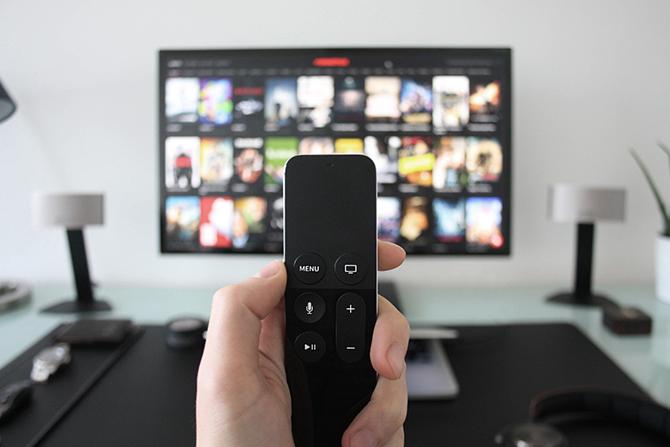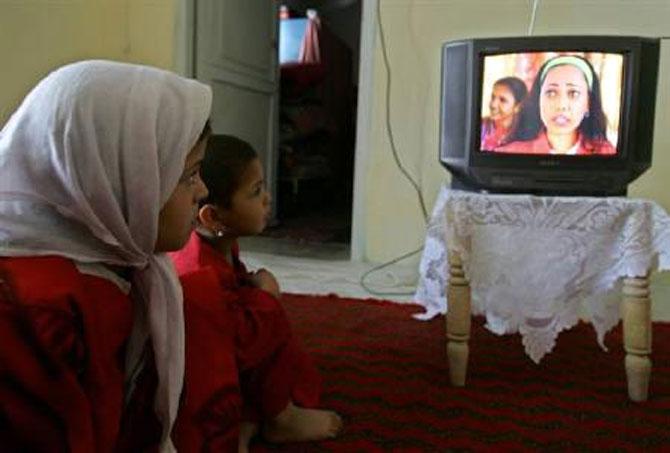 | « Back to article | Print this article |
Zee and Star, the two largest media companies in India, are undergoing some radical ownership changes. What could it mean? Vanita Kohli Khandekar attempts an answer.

The Indian media market will look and act different by the end of this year.
By September this year at least a fifth, if not more, of the Rs 7,126 crore Zee Entertainment would have been bought by a strategic investor.
The Rs 13,448 crore Star India would be a fully operational subsidiary of the $59.5 billion Walt Disney Co.
The Rs 5,207 crore Network18 which owns Viacom18 is already part of the rapidly swelling media portfolio OF Reliance Industries which owns Jio Infocomm.
The group that rarely responds to queries about its media business has been buying a variety of media assets including cable companies and film studios.
The buzz is that it is along with Comcast and Tencent a suitor for Zee.
Zee, Sony, Star, Viacom18 and Sun account for over 74 per cent of all TV viewing in India.
For those of you sneering because these are TV firms, remember that TV is 45 per cent of the Rs 1,47,300 crore Indian media and entertainment industry.
Of the top five, Zee and Star are by far the largest. Zee sits on a gargantuan 20 per cent of audience share across its 37 channels and is a cash machine running smoothly.
Star, though not as profitable, is juggling a lot of balls with promise -- Indian Premier League, kabaddi, cricket rights and Hotstar.
The two largest media companies in India are undergoing some radical ownership changes. What could it mean?
One, "By 2020, the landscape will change. There will be consolidation. But it will still be within the four players (Star, Zee, Sony, Viacom).
"Today nobody can do an electronic media firm of scale enough with 20 per cent market share," reckons Punit Goenka, managing director and CEO, Zee Entertainment Enterprises. Watch out, then, for some jostling from the Rs 6,500 crore Sony and the Rs 3,105 crore Sun.
There was talk of a merger between the two ages back but nothing came of it. The buzz is that Sony is in the market looking to scale up. It has even been mentioned as a potential investor in Zee.
Two, it will accelerate the race to build online video assets. Remember that the growth of Netflix, Amazon Prime Video and others in the United States has shaken up the world's largest media industry.
Netflix alone spent $8 billion on content last year. Sitting at the negotiating table to buy content against Comcast, Netflix, Amazon or Apple will get increasingly difficult for the traditional media firms.
That, apparently, is one of the big reasons Rupert Murdoch chose to sell a bulk of his $30 billion Twenty First Century Fox to Disney last year.

India is far from that scenario. Television viewership rose by 13 per cent in 2018 over 2017.
So did total number of viewers -- 836 million from 790 million in 2016 going by Broadcast Audience Research Council data.
The 447 million Indians with broadband connections spend about 50 minutes a day watching online video lower than the average 3 hours and 45 minutes (and growing) on TV.
Films too have done well in 2018 the year when OTT (over-the-top video apps) took off. The growth of online then has been supplementary not cannibalistic.
Add in another fact. Netflix came in at $8-12 in the US where average prices were $40-$80 a month.
India is still a $2-5 a month pay TV market. There is no price arbitrage that a video app has.
That may change with the Telecom Regulatory Authority of India's new tariff order that forces consumers to buy a la carte and therefore pushes up PAY TV prices.
While pay revenues may take time to come in, advertising on online apps is perking up. "On an average OTT gives 4-5 times more in CPMs (cost per mille or thousand)," says Goenka.
Now multiply that with the numbers that the big apps are hitting and you have a nice, new parallel business shaping up here.
According to comScore data, YouTube reached 254 million unique users a month and Hotstar 79 million in July 2018. Zee5 claims 56 million monthly active users in December 2018.
There are about 35, largely well-funded, video apps from tech, media or telecom companies in India.
It will be a long time before clear winners emerge, a la TV. This business will, therefore, soak a lot of money in the coming years.
That means raising debt or equity and therefore more consolidation. There we go again.